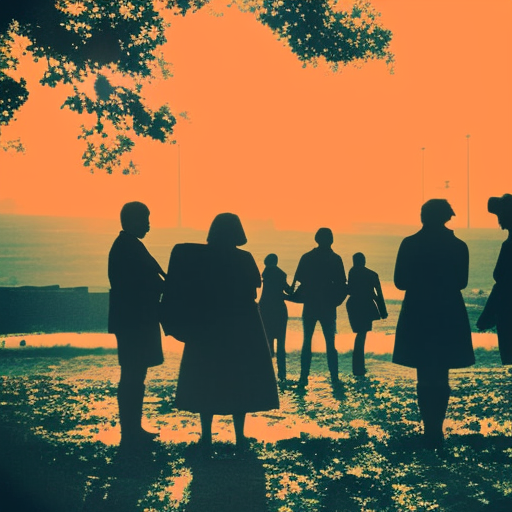Summary: Defiance Campaign
The Defiance Campaign was a nonviolent resistance movement organized by the African National Congress (ANC) in South Africa from 1952 to 1953. It aimed to challenge and protest against the apartheid laws imposed by the National Party government. The campaign involved acts of civil disobedience, such as mass protests, strikes, and the deliberate violation of discriminatory laws. Despite facing significant repression from the government, the Defiance Campaign played a crucial role in mobilizing the anti-apartheid movement and laying the groundwork for future resistance efforts.
Background
The Defiance Campaign emerged in response to the increasingly repressive policies of the apartheid government. The National Party, which came to power in 1948, implemented a series of laws that institutionalized racial segregation and discrimination. These laws restricted the rights and freedoms of non-white South Africans, including the majority Black population. The ANC, led by figures like Nelson Mandela and Walter Sisulu, sought to challenge these laws through nonviolent means and mobilize the masses in a united front against apartheid.
Objectives and Strategy
The Defiance Campaign had several key objectives. It aimed to challenge unjust laws, demonstrate the unity and determination of the anti-apartheid movement, and provoke the government into a crackdown that would expose the true nature of apartheid to the international community. The campaign’s strategy involved mass civil disobedience, with volunteers deliberately breaking discriminatory laws and willingly accepting arrest and imprisonment. The ANC believed that this strategy would overwhelm the legal system and force the government to either back down or reveal its oppressive nature.
Key Events
The Defiance Campaign began on June 26, 1952, with a symbolic act of defiance when volunteers violated the pass laws by deliberately entering restricted areas without the required permits. Over the following months, mass protests and acts of civil disobedience spread across the country. Thousands of people, including ANC leaders, were arrested and faced harsh sentences. The government responded with violence, using tear gas, batons, and water cannons to disperse protesters. Despite the repression, the campaign continued to gain momentum, with more people joining the resistance movement.
Impact and Legacy
The Defiance Campaign had a significant impact on the anti-apartheid movement in South Africa. It brought international attention to the injustices of apartheid and helped to galvanize support for the struggle against racial discrimination. The campaign also played a crucial role in shaping the strategies and tactics of future resistance efforts. It demonstrated the power of nonviolent resistance and the ability of mass mobilization to challenge oppressive regimes. The Defiance Campaign laid the groundwork for subsequent movements, such as the Congress of the People and the 1955 Freedom Charter, which further advanced the struggle for equality and justice in South Africa.
Conclusion
The Defiance Campaign was a pivotal moment in the history of the anti-apartheid movement in South Africa. Through acts of civil disobedience and mass protests, the campaign challenged the discriminatory laws of the apartheid regime and mobilized the masses in a united front against racial oppression. Despite facing repression and violence from the government, the campaign succeeded in drawing international attention to the injustices of apartheid and laying the groundwork for future resistance efforts. The Defiance Campaign demonstrated the power of nonviolent resistance and played a crucial role in shaping the strategies and tactics of the anti-apartheid struggle.












